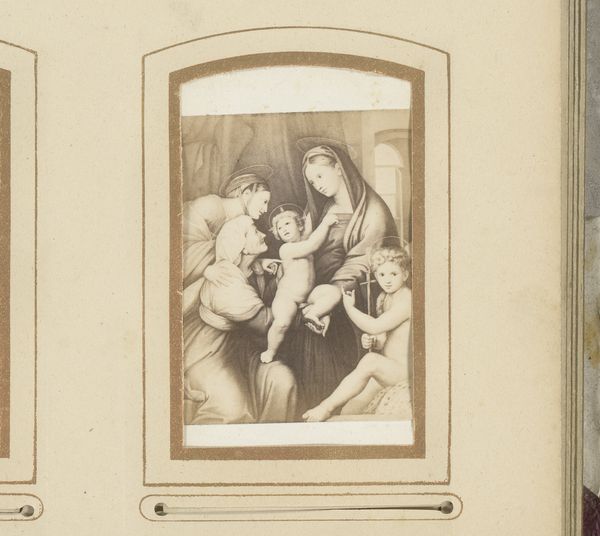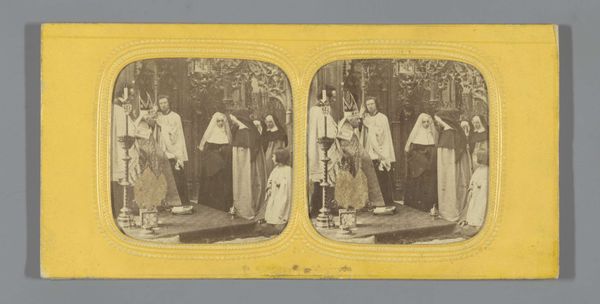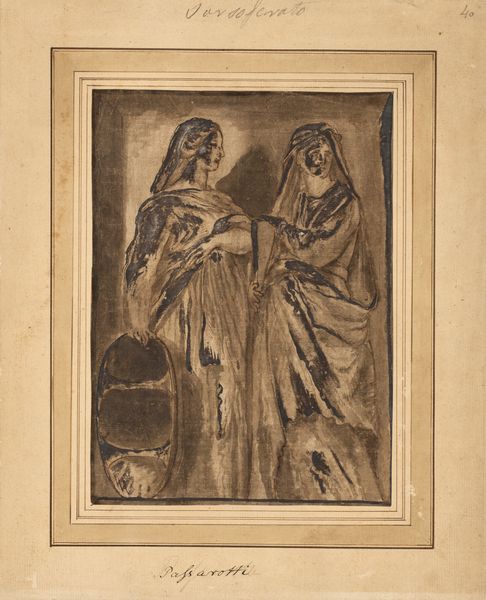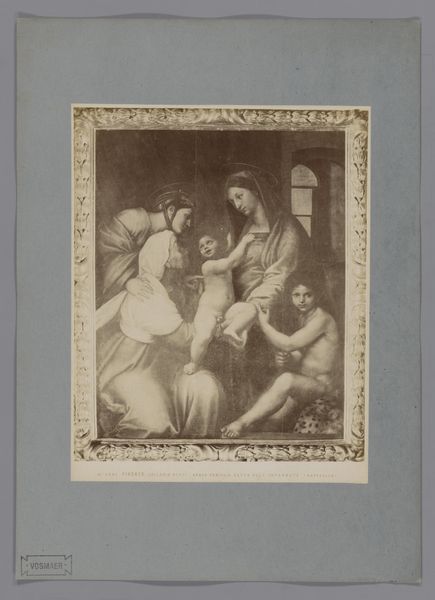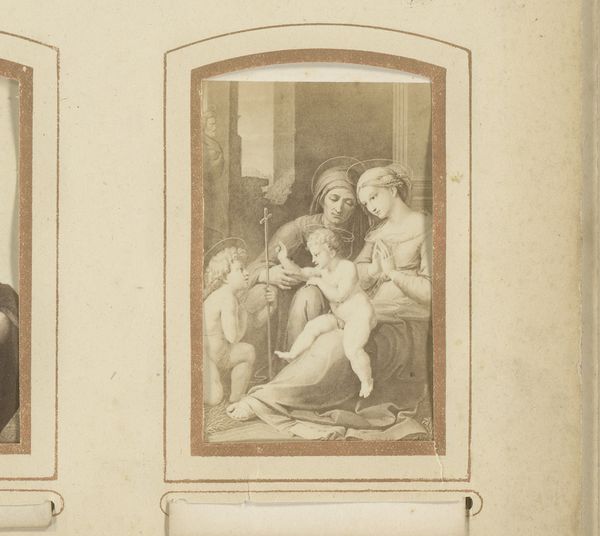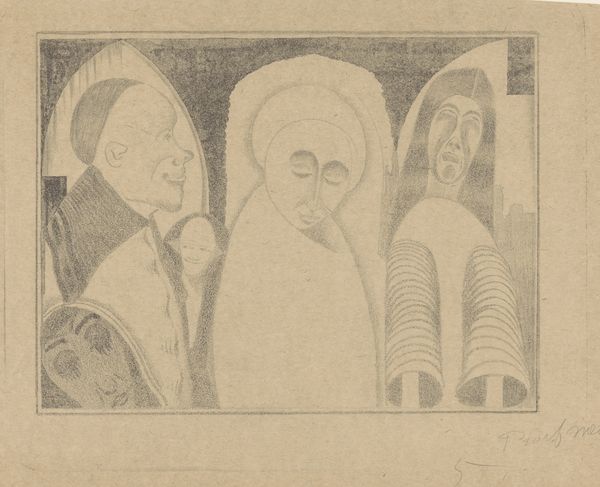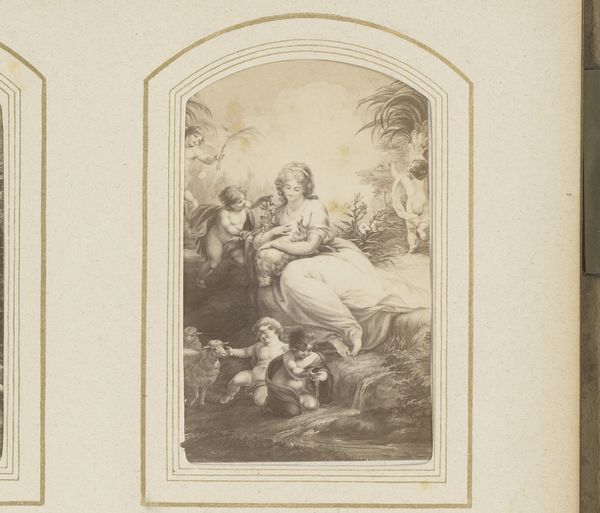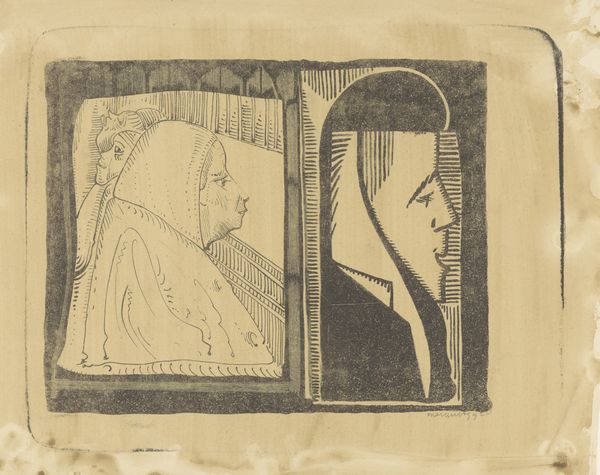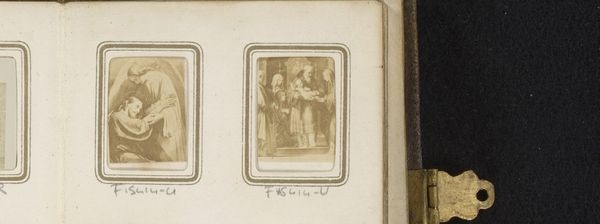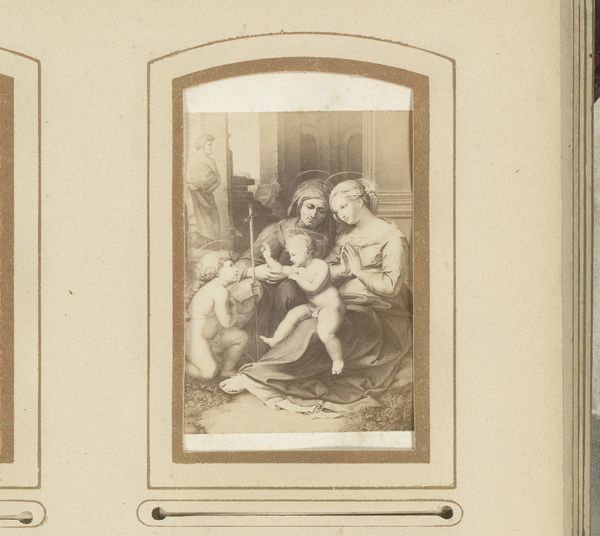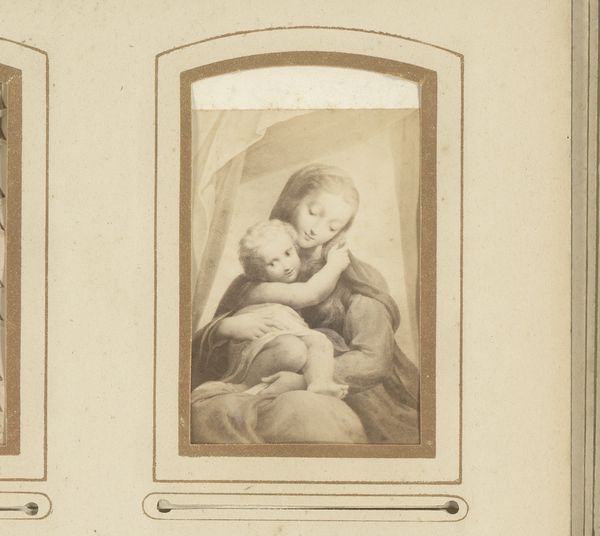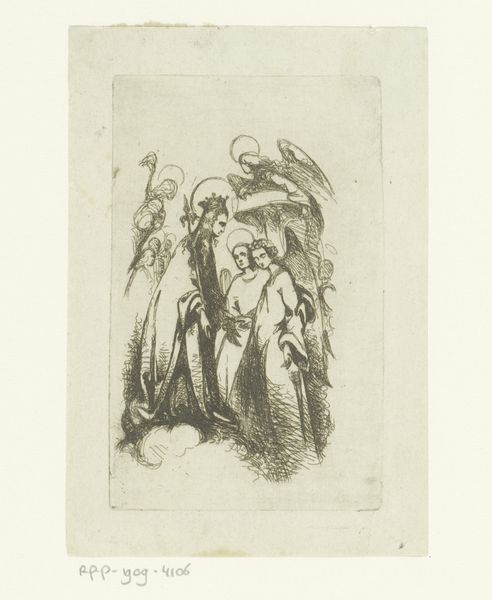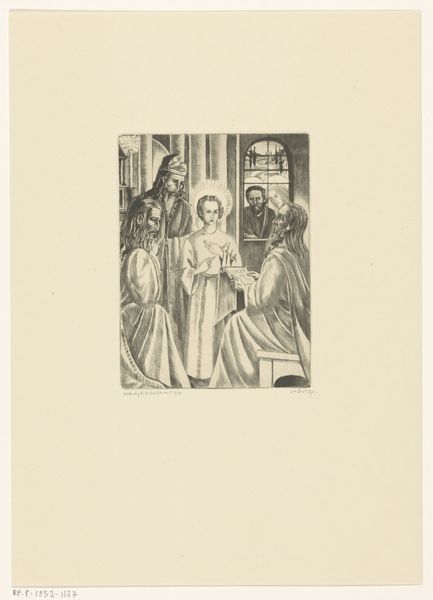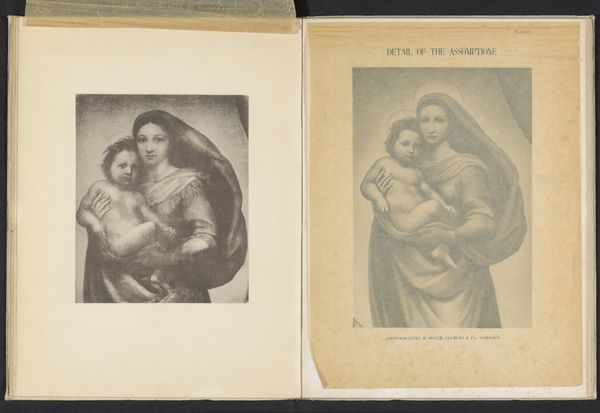
photography, gelatin-silver-print
#
portrait
#
photography
#
gelatin-silver-print
#
19th century
#
genre-painting
#
history-painting
Dimensions: height 84 mm, width 51 mm
Copyright: Rijks Museum: Open Domain
Editor: So, this is a photographic reproduction of a biblical scene, likely from between 1865 and 1885, attributed to Antonio Nessi. It’s a gelatin silver print and it evokes a feeling of profound sorrow and historical reenactment. I'm struck by how theatrical the composition feels. What historical context might shed light on this piece? Curator: That's a great observation about the theatricality. Mid-19th century photography increasingly embraced narrative scenes, often drawing from popular paintings and theatre. This allowed wider audiences, particularly the burgeoning middle class, access to traditionally elite forms of visual culture, such as history painting, in a newly democratic format. It asks, in what ways did the mass production of photographs affect painting? Editor: So, the photograph acts as a sort of readily available, accessible version of what would have been a painting only available to an elite few? Curator: Precisely. And think about how institutions like museums and galleries were evolving at the time. Photography offered an alternative "museum" – one that was portable and private, existing within family albums. Also consider that some believe photography might compete with painting, with artists thinking it could spell their doom. Do you think this could lead to any societal issues? Editor: That’s fascinating, it almost feels like a commentary on the changing roles of art and its accessibility in the face of new technologies and changing social structures. That could definitely cause discourse about socioeconomic disparities. Curator: Exactly. This little photograph offers a window onto vast shifts in how art was consumed and understood within 19th-century society. Editor: I hadn’t considered that photography itself could change those long standing institutions of art! This has totally changed the way I understand this image. Thanks!
Comments
No comments
Be the first to comment and join the conversation on the ultimate creative platform.
